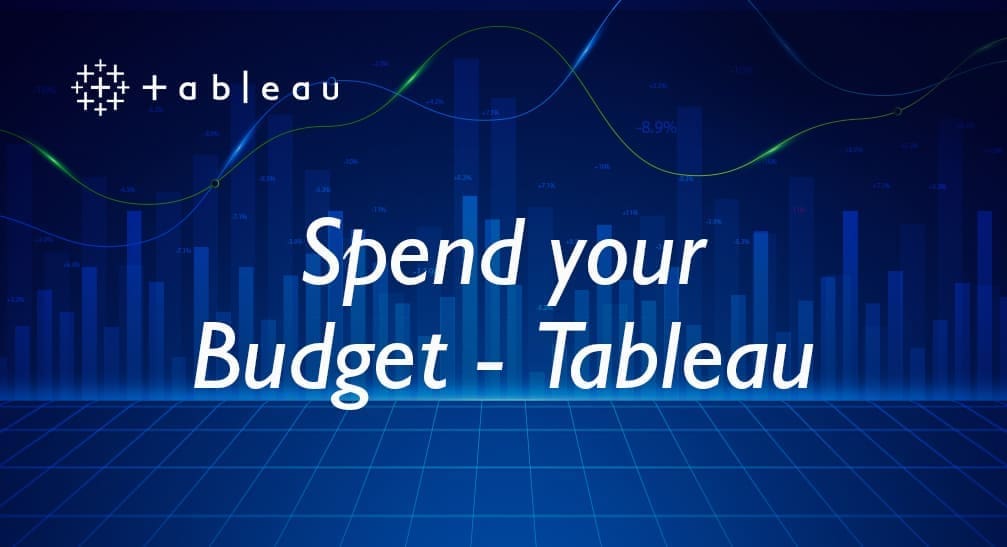Establishing a Quality Assurance (QA) Framework, with best practices across different steps of BI projects, increase customer confidence and company credibility. Moreover, BI testing, reviewing, and data validation help organizations gain better and more reliable insights to make judgements based on facts.
QA Framework: More Data, More Problems
As businesses evolve, massive amounts of data must be captured, extracted, and tracked from multiple sources, giving rise to a lot of unstructured and semi-structured data. This demands more BI processing and validation.
A robust QA system that provides data quality and accuracy at each stage of the BI project has become the need of the hour. This also helps improve work processes, efficiency, and allows organizations to better compete.
At DF, with our past experiences working on different stages of BI solutions, we have consolidated the review and data validation points for each stage. With this framework, we have transformed all these points into a best practice guide that can be implemented in any BI project to produce 100% accurate insights.
In the below framework, as we move across different stages of the BI project, we can touch base on the review and data validation points based on the process and data flow. We proceed with logical, operational, and data validation checks at each stage of the project. It is ideal for each stage to have checklists and best practices documents prepared to review the process and data.
QA Framework: Sanity Check
Sanity checks on upstream data sources ensure the data points are available on the upstream data sources. It also checks ETL status to make sure data is being pushed to the data tables.
Perform sanity check on the data base for:
- Architecture and nomenclature
- Availability of metrics and dimensions, data duplicates, and granularity
- Validate upstream and historical data against data sources

QA Framework in Data Transformation
Check for best practices and optimization, relationships between the tables, and validate transformed data against the base tables.
As we finalize the dashboard development, we perform operational checks including data connections, dashboard nomenclature, and permissions set. Then, we perform logical checks such as design guidelines, data displays, functionalities, and nature of the KPIs. Lastly, validate the numbers on the dashboard against the transformed data.
In the cases where we share the dashboards with the user on the servers, we would perform a sanity check on dashboards on the server for the functionalities and consistency of the layout.
Checks on user management should also be performed to make sure that only the right users have access.
QA Framework Benefits
One big win that we achieve from a QA framework is 100% accuracy of the data. Other outcomes include reliable data, minimized re-work, and reduced work hours and errors.
QA framework sets up a robust testing system that gives you the competitive edge on multiple aspects including optimized turnaround times, confidence during our pitch, and client trust.
About Decision Foundry
Decision Foundry is a Salesforce, independent software vendor, managed services provider, and a certified award-winning Salesforce Marketing Cloud integration partner. Decision Foundry closes the gap between data accessibility, platform adoption and business impact. Our consulting services include the integration of Data Cloud, Account, Engagement, Personalization, Tableau, and Intelligence.


